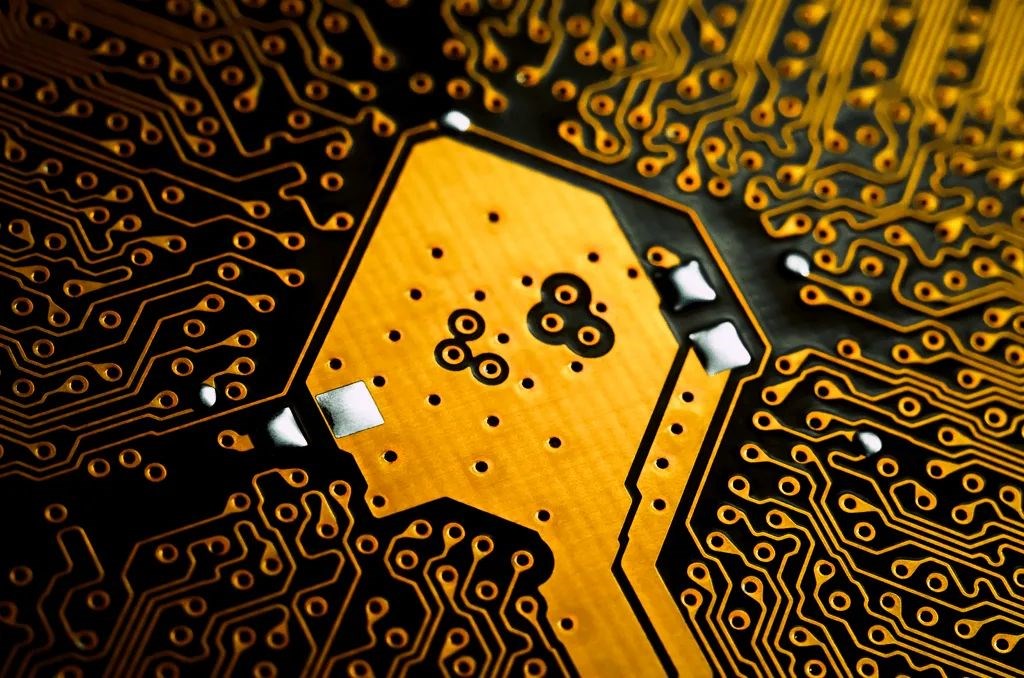How to waterproof electronics?
Published date: 14 January 2023

Why is it important to waterproof electronics?
In today’s digital age, electronics have moved away from the safety of offices and into harsher outdoor environments. This makes them especially susceptible to water damage, which can be incredibly costly. Moisture slows circuit speeds, causes corrosion and can lead to a complete failure of electronic devices. To prevent these problems, it’s important to waterproof electronics and keep them safe from the elements.
Different ways to waterproof electronics
There are many different ways to waterproof electronics. Some of the most popular methods include potting, conformal coatings, or using a water-resistant enclosure.
- Potting. This process involves encapsulating an entire printed circuit board in a solid material. This creates a waterproof barrier around the sensitive components. Potting also provides mechanical protection against shock and vibration, making it ideal for use in harsh environments. Epoxy resins, silicone and urethane are commonly used for potting.
- Conformal coating. Conformal coatings are thin layers of material that are applied to the surface of a PCB. Compared to potting, this method provides the advantage of a lighter weight and reduced space. Acrylic conformal coatings are the most common type, due to their ease of application and removal. Other materials include silicone, epoxy and less common options, such as parylene and fluoropolymers.
- Grease. Mostly used in connectors and switches. A special type of conductive grease is applied to keep water away and prevent corrosion. This method is very useful in applications that have to face extreme environmental conditions.
- Gaskets and silicone sealing. Both methods are employed to create waterproof enclosures around electronics. Rubber gaskets provide a waterproof and airtight seal around the enclosure lids, while silicone is used to seal the fittings made for the passage of wiring, allowing wires to pass through without letting moisture in. Room temperature vulcanising (RTV) silicone is often used for this purpose.
Which method is the best?
The best method for waterproofing your electronics will depend on a number of factors. These include: the type of device you are protecting, the conditions it will be exposed to, design requirements and volume of production. Conformal coatings provide good protection and are quick and easy to apply, making them suitable to high-volume industrial production. However, they offer minimal shielding against shock and vibration. Potting, on the other hand, is a great choice for electronics that will be exposed to harsh environments, but its thickness and weight might not be suitable for all components. Potted electronics can also be difficult to rework.
So, there is no single answer to the question of what’s the best way to waterproof electronics. However, with the right knowledge and careful consideration of all factors, you can ensure that your electronics are waterproofed effectively. Research the advantages and disadvantages of each method to make the best decision for your needs, and you can rest assured that your electronics will remain safe and dry in even the toughest of conditions.
Conro Electronics, as a leading supplier of materials and tools in the electronic manufacturing industry, offers a wide choice of conformal coatings and other waterproofing products from major manufacturers such as Humiseal.
We’ll show you how to improve product reliability while increasing performance and lowering costs. Our team of technical support specialists will provide your company with dependable global supply, unrivalled efficiency, and superior technical support.
Feel free to contact us on 0208 953 1211 or send us an email to info@conro.com




Comments
There are currently no comments, be the first to comment.